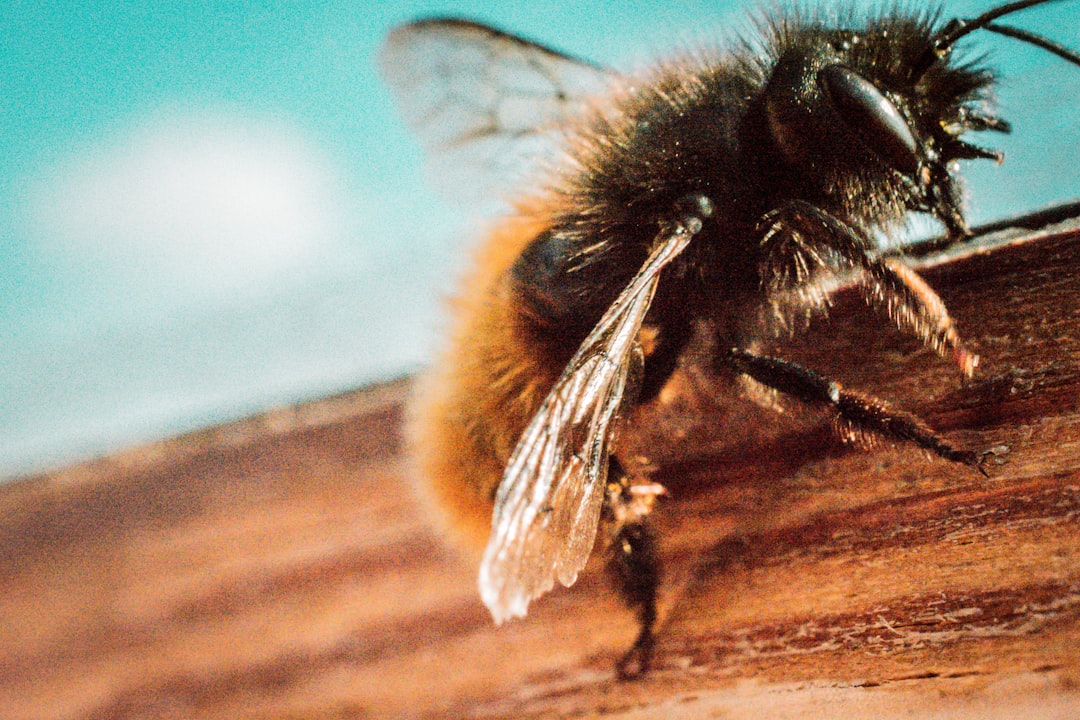Honey bees are incredibly diverse, with various races adapted to different climates and regions. Understanding these races is essential for beekeepers, as each has unique characteristics that can affect their productivity, temperament, and adaptability. Here, we'll explore some of the most common honey bee races, including Italian, Carniolan, Buckfast, and local varieties.
1. Italian Honey Bees (Apis mellifera ligustica)
Italian bees are one of the most popular and widespread honey bee races globally. They are known for their:
-
Gentle Nature: Italian bees are amicable and easy to handle, making them ideal for beginners.
-
High Productivity: They are excellent foragers and produce large amounts of honey, especially in regions with abundant nectar flows.
-
Swarming Tendency: While generally less prone to swarming, Italian bees may still swarm if their hive becomes too crowded.
-
Hive Maintenance: They keep their hives clean and are less likely to cover them with propolis.
2. Carniolan Honey Bees (Apis mellifera carnica)
Originating from Central Europe, Carniolan bees are highly regarded for their:
-
Calm Behavior: They are known for being gentle and docile, making them suitable for urban beekeeping.
-
Adaptability: Carniolan bees are thrifty with resources and can overwinter well, even in smaller colonies.
-
Disease Resistance: They have a strong resistance to brood diseases and are less prone to robbing other hives.
-
Foraging Ability: Their long tongues make them excellent foragers, particularly for clover nectar.
3. Buckfast Honey Bees
Developed by Brother Adam at Buckfast Abbey, Buckfast bees are a hybrid strain known for their:
-
Docile Temperament: They are extremely gentle and easy to manage, even in adverse weather conditions.
-
Low Swarming Tendency: Buckfast bees have a very low inclination to swarm, making them ideal for beekeepers who want to minimize colony loss.
-
Disease Resistance: They are highly resistant to tracheal mites and other diseases, contributing to their robust health.
-
Honey Production: Buckfast bees are prolific honey producers and maintain strong colonies throughout the summer.
4. Local Varieties and Other Races
-
Africanized Honey Bees (Apis mellifera scutellata): Known for their aggressive nature, Africanized bees are often feared but have been bred into gentler strains in some regions.
-
Caucasian Honey Bees (Apis mellifera caucasica): These bees are known for their long tongues and are well-suited to regions with abundant nectar sources.
-
Western European Honey Bees (Apis mellifera mellifera): Also known as the "dark bee," they are well-adapted to cooler climates and are known for their robust overwintering abilities.
Conclusion
Each honey bee race has its unique strengths and weaknesses, influenced by their evolutionary history and adaptation to local environments. By understanding these characteristics, beekeepers can choose the best race for their specific climate and needs, ensuring healthier and more productive colonies. Whether you're managing Italian bees in the United States or Carniolan bees in Europe, recognizing the traits of different honey bee races is key to successful beekeeping.
Citations:
- https://en.wikibooks.org/wiki/Beekeeping/Honey_Bee_Races
- https://livebeekeeping.com/honeybee-species/italian-bee/
- https://apiexpert.eu/carniolan-honey-bee/
- https://beeprofessor.com/buckfast-bees/
- https://en.wikipedia.org/wiki/Honey_bee
- https://beeprofessor.com/what-are-italian-bees/
- https://en.wikipedia.org/wiki/Carniolan_honey_bee
- https://en.wikipedia.org/wiki/Buckfast_bee

Comments
No comments yet. Be the first to comment!
You must be logged in to comment. Login